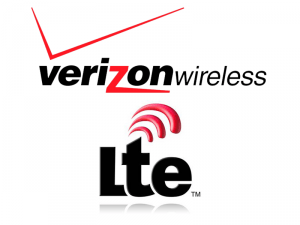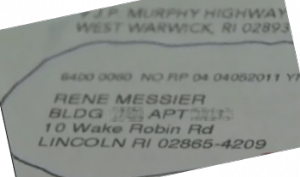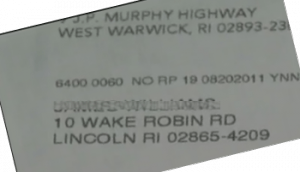 Time Warner Cable customers still waiting for access to HBO Go, the premium movie channel’s online streaming service, won’t have to wait for the cable company any longer if they happen to own a Roku set top box. Roku owners who maintain subscriptions to the premium movie channel will be able to access HBO Go via Roku for no additional charge by the end of October.
Time Warner Cable customers still waiting for access to HBO Go, the premium movie channel’s online streaming service, won’t have to wait for the cable company any longer if they happen to own a Roku set top box. Roku owners who maintain subscriptions to the premium movie channel will be able to access HBO Go via Roku for no additional charge by the end of October.
Roku’s announcement follows Microsoft, who announced Oct. 5 HBO Go would be available to Xbox Live ($60/yr) game service customers.
HBO has been suffering declines in subscriber numbers from customers dropping premium movie channel subscriptions to save money. HBO Go offers on-demand viewing of many HBO movie titles, and comes at no additional charge to subscribers. But before HBO Go can be made available, agreements between your video provider and HBO must be signed to handle the authentication process, which verifies a valid subscription to HBO before allowing the service to work.
Time Warner Cable has been dragging its feet on signing an agreement, and that leaves a lot of potential customers without the service. Time Warner Cable is the nation’s second largest cable operator, behind Comcast.
Roku believes its agreement allows HBO Go to reach more viewers, which in turn may discourage them from dropping the channel. It also helps drive sales of Roku boxes, which are becoming increasingly affordable. Roku announced this week it was cutting the price of its least expensive box to $50, a $10 savings.
Roku owners can stream their own video library with third party applications like PlayOn, or choose from a menu of more than 300 channels. But most Roku owners buy the device to stream Netflix, Amazon, and Hulu content to their television sets over the home Internet connection.


 Subscribe
Subscribe





